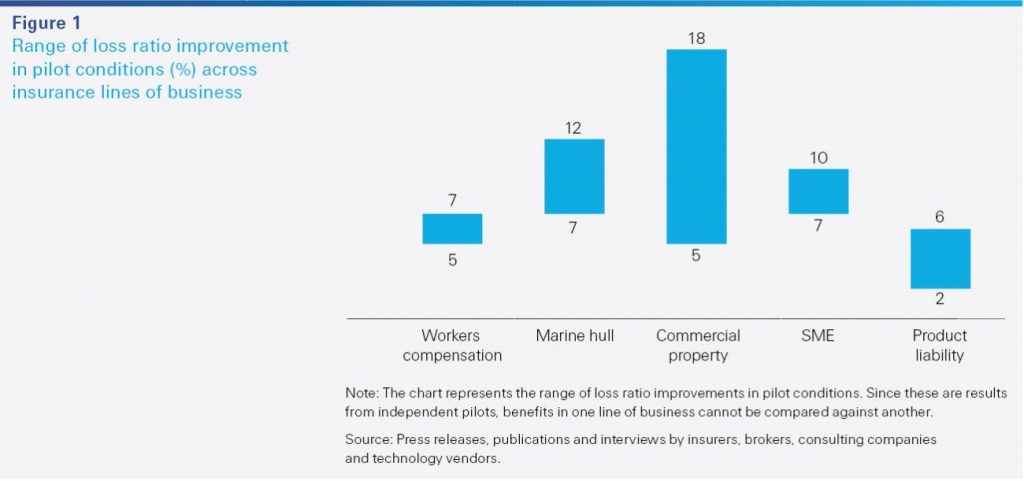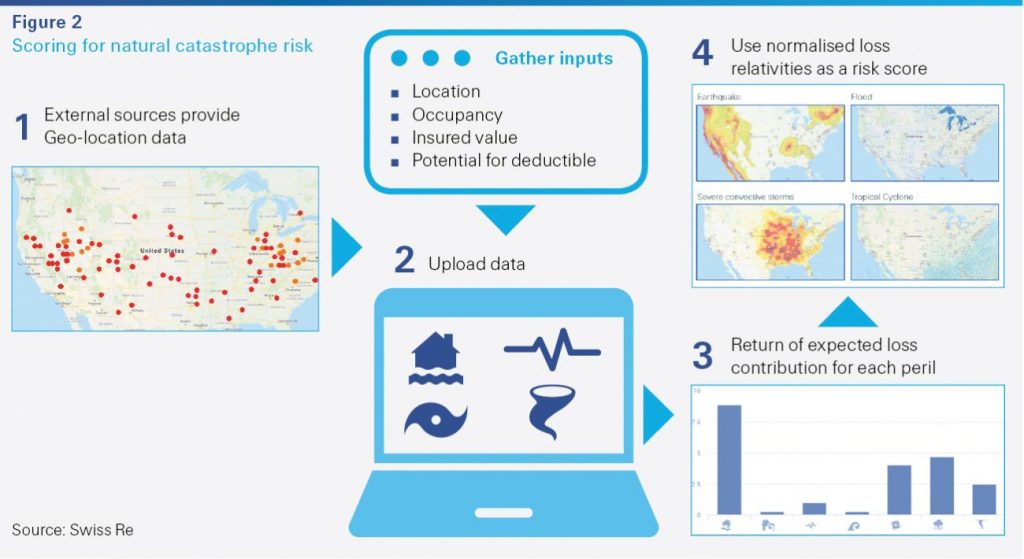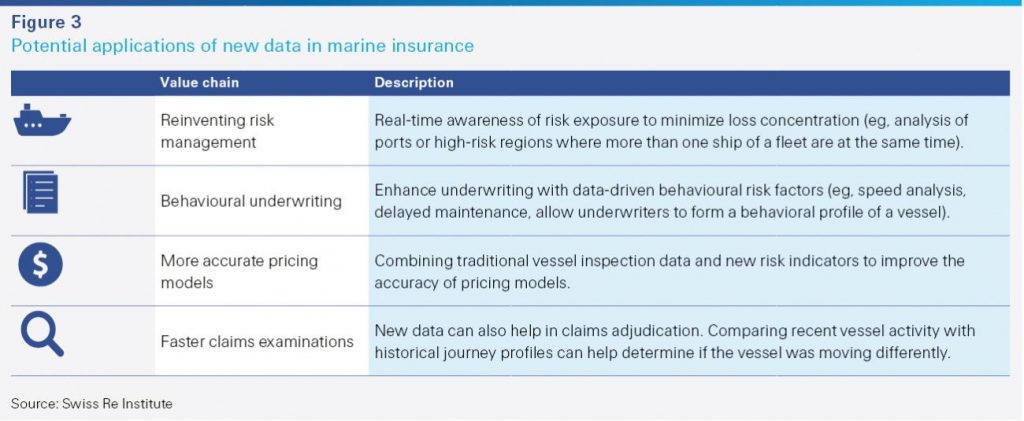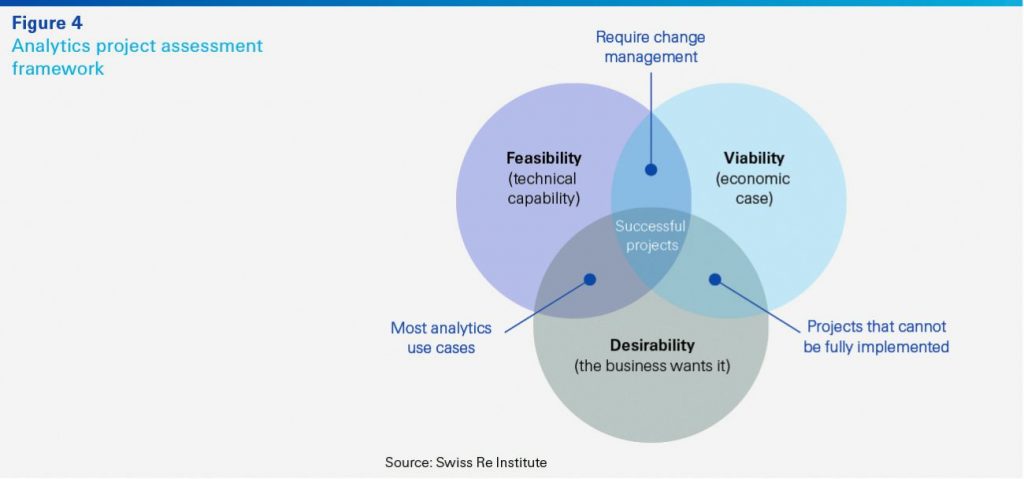Use Of Increasingly Advanced Analytics May Present Crucial Way For P&C Insurers To Unlock Tangible Value
The latest sigma report from the Swiss Re Institute, “Advanced analytics: unlocking new frontiers in P&C insurance”, suggests that technology advances are enabling P&C insurers to unlock new frontiers in risk assessment and mitigation thanks to advanced analytics.
Past successes that focused on improving expense ratios have catalysed new investment with pilots by insurers showing meaningful improvement in loss ratios, as insurers gain better visibility into underlying loss drivers. True potential will only be realised through co-ordinated efforts between developers and users, although expectation of success in all projects could limit adoption and constrain a virtuous circle of trial and improvement.
“Most insurers aim for a success rate of one-third in operationalising pilots. Too high a success rate may mean that the use cases are not challenging enough”, says Daniel Knüsli, Swiss Re’s Head P&C Analytics, P&C Solutions.
Exploring the opportunities for advanced analytics
Advanced analytics will undoubtedly make an impact along the insurance value chain. Challenges to success remain in the form of legacy systems, traditional mind sets and scarce talent at the intersection of data science, risk knowledge and technology.
Despite this, the Swiss Re Institute expects spending on data and analytics to rise within static IT budgets, as more insurers complete core systems updates over the coming years and seek out differentiating capabilities.
Advanced analytics should be considered from the perspective of business capabilities rather than technologies.
These include how to enable growth by using analytics to achieve an in-depth understanding of new market opportunities and new risk pools; how to better comprehend and influence customers; how to gain insights on risk accumulation and portfolio steering through linking existing portfolios with orthogonal external datasets; and how to improve efficiency by automating manual and repetitive tasks that take up valuable time for underwriters and claims managers.
Advanced analytics pilots across several lines of business do indicate healthy loss ratio improvements (see Figure 1) but for various reasons, results in real-time trading conditions may vary. All told, most insurers seem to be targeting around 2-5% improvement in loss ratios under real trading conditions.
Figure 1

“The time taken to implement P&C Solutions projects depends on the Lines of Business and project objective, but several weeks is the minimum time for rapid deployments. Wider business integration and extracting larger scale efficiencies can take longer, P&C Analytics, part of the P&C Solutions suite, can also integrate other solutions into its projects for added client benefits”, says Eric Schuh, Global Head of P&C Solutions at Swiss Re.
A holistic view of advanced analytics activities across P&C
The sigma study brings together insights and experience across key commercial P&C lines.
“The ability to gain useful predictive insights from ever-increasing amounts of data is challenging. There needs to be more investment of time and resources on data curation. Many new data sources are not created for insurance, and owners of the data may neither understand insurance nor what needs to be done to make the data usable for insurers”, says Daniel Ryan, Head of Insurance Risk Research at Swiss Re Institute.
In commercial property, insurers are using data to auto-fill underwriting criteria for new business and renewals and moving towards virtual inspection platforms. Data about location and occupancy can be modelled to produce risk scores that enable underwriters to base risk selection and price on market-wide experience (see figure 2).
Figure 2

In marine, insurers can now use detailed behavioural and situational data on over 100,000 vessels to identify risky behaviour and monitor risk concentration, opening the path towards “pushing” the insured to improved preventative measures (See Figure 3).
Figure 3

Making the case for investment in advanced analytics
Successful implementations of analytics projects start with insurers asking the right questions on value propositions and data sources e.g., how to identify areas where analytics generate tangible value; how to build a holistic data strategy; what are the success criteria (e.g., ROI and time horizon)? One useful framework to determine the value of projects is to evaluate them across desirability, feasibility and viability (See Figure 4). Insurers should focus initially on areas where there is high potential on all three fronts.
Figure 4

Daniel Knüsli emphasises how the increasing interest in using advanced analytical tools are influencing Swiss Re’s business development: “We continue to see demand for P&C Analytics, which is part of Swiss Re’s P&C Solutions suite, to provide tangible data-driven business insights that help our clients grow their business, increase their profitability and enhance their efficiency.”

